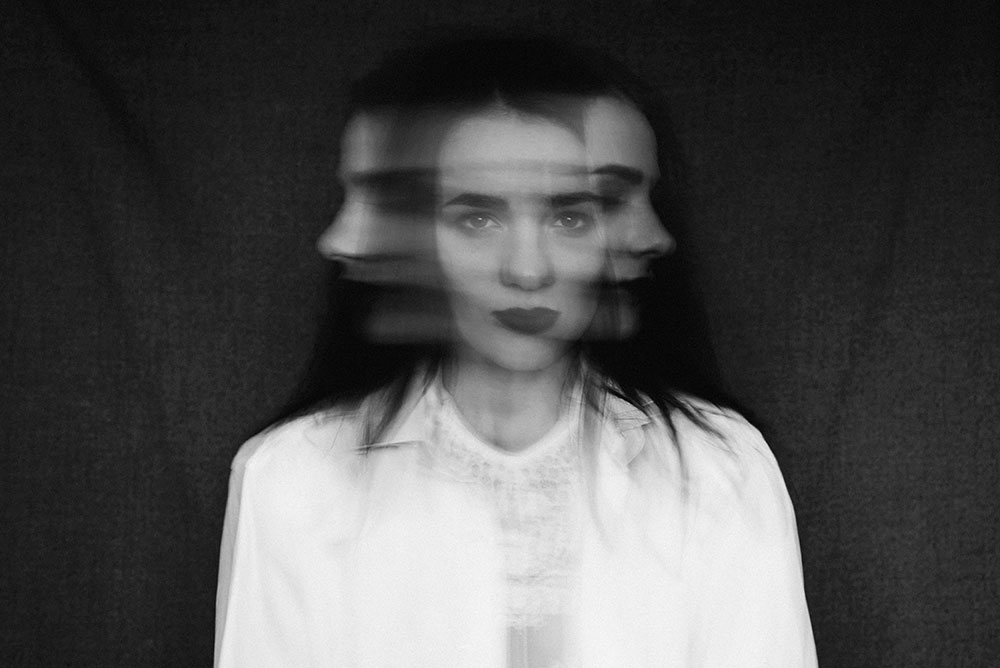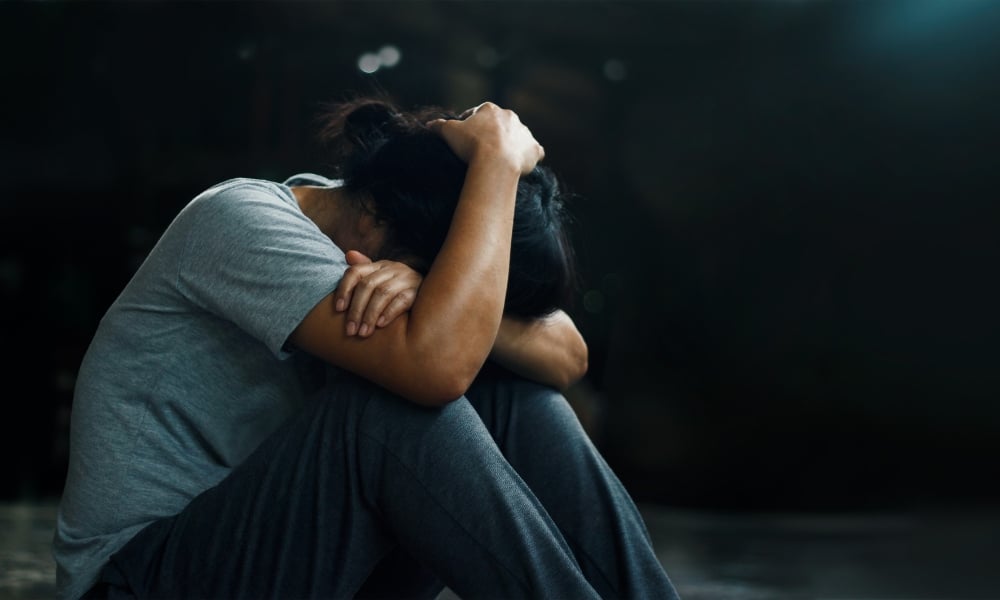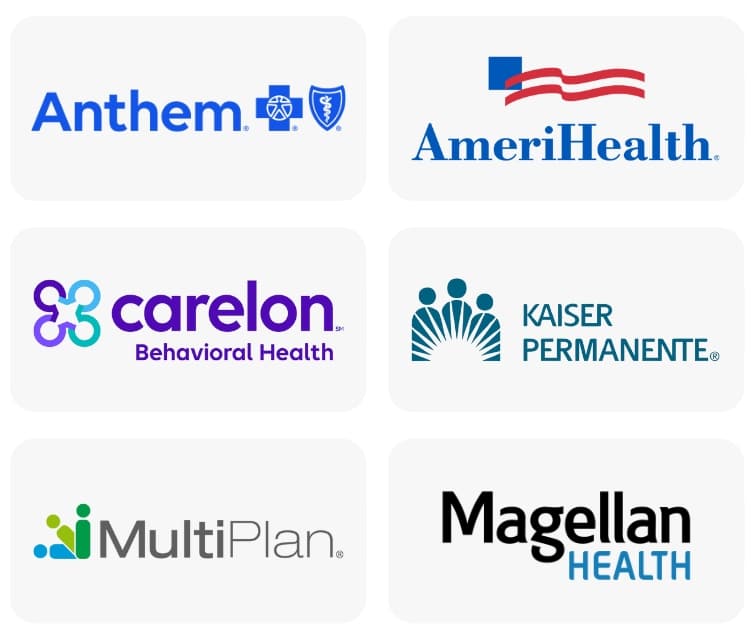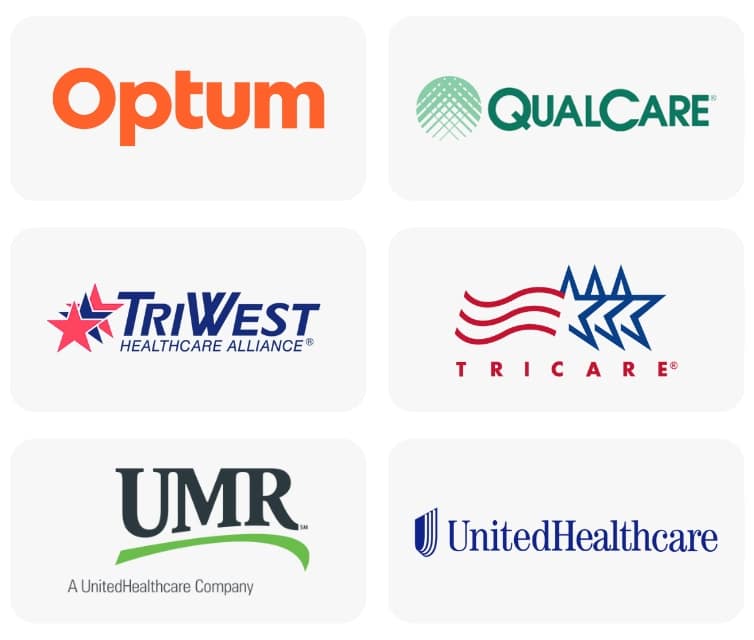Skip To Section
What Are Psychotic Disorders?
Psychotic disorders are mental illnesses that are characterized by a loss of touch or a distorted sense of reality. This distortion is caused by general confusion, delusions, or hallucinations that impair a person’s perspective, and consequently, their sense of judgment. They are marked by two major symptoms:
- Hallucinations – Feeling, seeing, or hearing things that are not there, and that includes all senses.
- Delusions – believing falsities to be true even when explained and proven that they’re not, such as believing the media is sending subliminal messages to them
These symptoms vary depending on the person and the psychotic disorders they are dealing with. Not all mental health disorders are of psychotic nature. These symptoms are also not always related to just psychotic disorders. Many people might experience them during detox or while under the influence of substances. The only way to know for sure is when a person is diagnosed with a psychotic disorder officially.
The main types of psychotic disorders are:
- Schizophrenia: A condition that causes changes in behavior, delusions and hallucinations for longer than six months. It is often a disorder inherited genetically, with a higher chance of onset in case of family history.
- Schizoaffective disorder: This mental illness consists of schizophrenia and episodes of mania and depression. Experts are still doing their best to understand the disorder and have separated it into two categories: depressive (schizophrenia with depressive episodes) and bipolar (schizophrenia marked by periods of mania and depression)
Postpartum psychosis: This occurs only in 1 to 0.2 percent of women who have given birth. It is less common than postpartum depression. A family history of psychosis appears to influence its onset. Women experiencing postpartum psychosis require immediate treatment and are at increased risk of suicide.

Signs of Psychotic Disorders
A person might display serious red flags from the very beginning of the onset of a psychotic disorder. These signs and symptoms differ from one disorder to another. But they do have many similarities, which is what makes them hard to diagnose.
As mentioned, hallucinations and delusions are typical of any psychotic disorder. Along with these main symptoms, people suffering from schizophrenia or other forms of psychosis are:
- Disorganized and/or incoherent speech
- Brain fog and confused thinking and trains of thought
- Displaying unusual and sometimes even dangerous behavior, putting themselves at risk for no clear reason
- Slowed or unusual movements
- Lack of personal hygiene and diminished appearance
- Loss of interest in hobbies, activities, and even people that once brought them joy
- Constant problems at school, work, and/or personal life
- Acting colder or more detached, even unable to express emotions
- Recurrent mood swings or other mood disorder traits, like mania or depression
- Paranoid behavior and/or suspicious towards people and situations around them
The most commonly diagnosed psychotic disorder is schizophrenia. Sadly, around 50% of people with schizophrenia also have another behavioral or mental illness. Without a medical assessment or proper training, a person cannot diagnose another with a psychotic disorder. However, some general and stats might help interpret the signs mentioned. This is what is known so far:
- Schizophrenia onset usually starts between the ages of 16 and 30.
- Men generally exhibit symptoms around late adolescence or as young adults.
- Women tend to show symptoms of schizophrenia in their late 20s and early 30s.
- Children and adults who are 45 or older are rarely diagnosed with schizophrenia.
- People may exhibit subtle signs years before schizophrenia fully develops.
Self-Assessment: Am I Addicted?
"*" indicates required fields
Contact Form
Would you like help?
"*" indicates required fields

Substance Misuse & Psychotic Disorders
Drug use and schizophrenia, as well as other psychotic disorders, often co-occur. There is enough evidence to prove that signs of psychotic disorders are often brought on or worsened by substance abuse. People suffering from psychotic disorders tend to prefer alcohol, nicotine, or cannabis consumption. What drives someone with a psychosis disorder towards substance abuse, however, varies.
Some people see substance abuse as a way to self-medicate for the symptoms they are already experiencing. For others, substance abuse causes imbalances in brain function that trigger dormant psychosis. Experts also suggest that psychotic symptoms can be triggered by those who have no tendencies to develop a psychotic disorder. No matter which one “comes first,” they both feed off of and affect each other.
Substance use disorders and mental health issues are affected by similar risk factors, such as environmental factors or genetic predisposition. What’s worse is that there is a significant overlap between psychosis and the effects of addiction – and even withdrawal. For instance, drug use and schizophrenia can both bring on hallucinations, especially psychotropics. Likewise, a person quitting alcohol might experience hallucinations as well.
All of this means that many psychotic disorders go undiagnosed when substance abuse is involved. If a person experiences symptoms of drug use and schizophrenia, for instance, it is hard to tell which caused what. Therefore, it is virtually impossible to only treat one disorder, and both must be addressed.
Treatment For Dual-Diagnosis
Dual-diagnosis means that a person suffers from two co-occurring disorders, usually a mental and a substance use one. About 60% of people struggling with addiction are also diagnosed with a mental illness. A study also revealed that 74% of people experiencing their first psychotic episode engaged in substance abuse.
Before a doctor considers psychotic disorder schizophrenia as a final diagnosis, they will rule out other mental health disorders, substance abuse, and other medical conditions. The process of diagnosing schizophrenia will likely include:
- A medical exam. This will let your doctor rule out any physical conditions or complications.
- Testing. Blood, alcohol and drug tests, and brain scans, such as a CT scan or MRI, are often used. These give doctors a better understanding of your general health. It also allows them to see any imbalances that might trigger some symptoms of psychotic disorders.
- Mental health evaluation. This will be done by a psychiatrist to rule out other mental health disorders or issues. Your family and medical history will be discussed as well.
- Screening for psychotic disorders. A mental health professional will screen for a psychotic disorder using the DSM-5 and their observations. Small details can make a big difference regarding diagnosis.
Once a diagnosis is made, the kind of treatment will have to be decided. With dual-diagnosis, both disorders must be addressed, or the untreated disorder might trigger the other again. Some dual-diagnosis plans require that both be treated at the same time. Others might treat the most acute disorder first and then treat the second one’s symptoms.
Medications
Individuals dealing with addiction to alcohol, opioids, tobacco, and benzodiazepines can benefit from medication-assisted treatment (MAT). Medications can be used to manage withdrawal symptoms and cravings, and counseling is required by law as a part of MAT. The goal is to help manage symptoms of withdrawal, lessen cravings, and therefore, prevent relapse.
People with opioid use disorders are often prescribed methadone and buprenorphine. The same goes for people addicted to benzos – they might be prescribed other benzos that are “easier” to wean off of. Over time, people in MAT may gradually lower their dosage and eventually stop taking their medication.
Antipsychotics like haloperidol, fluphenazine, and chlorpromazine are available to help manage symptoms of schizophrenia. Atypical antipsychotics are also sometimes used, including clozapine, olanzapine, and quetiapine. Both antipsychotics and atypical antipsychotics are known to have side effects, but they can greatly reduce the symptoms of schizophrenia.
Counseling
Counseling can help patients dealing with mental health issues. It also teaches patients the skills they need to stay away from drugs, overcome obstacles of relapse, and discover why they turned to drugs. Commonly used approaches are cognitive behavioral therapy, family and group therapy, and contingency management.
Through counseling, patients can have a goal to work towards as they recover from addiction and address their psychotic disorder. Considering how disabling schizophrenia and other disorders are, this is a tool to help patients become more independent.
Aftercare
Once treatment is done, there are some steps to be taken towards stability and sobriety. People suffering from alcohol and drug use and schizophrenia will need psychiatric attention and follow-up all their lives. Licensed professionals will be able to tell if there are signs of relapse for either disorder. Patients taking medication need to do so under the supervision of a mental health professional. Therefore, they will need to have a psychiatrist in order for treatment to work.
Support groups are also an important part of aftercare. These are often 12-step groups or alternative support groups run by peers who face the same obstacles. They allow members to foster a sense of community while working toward recovery as well as managing schizophrenia.
For those with an unstable living environment, sober living houses are a safe, mostly affordable option. Those suffering from psychotic disorders would need to check if their choice of housing would provide assistance to them.
Resources For Help and Treatment For Psychotic Disorders
Dealing with a psychotic disorder and substance use disorder, or trying to help a loved one with these conditions, is not easy. The resources below can offer information on treatment programs, counseling, and other forms of help for those struggling with mental health issues and substance abuse.
- Substance Abuse and Mental Health Services Administration (SAMHSA) National Helpline: SAMHSA’s national helpline is available 24/7, 365 days a year. They can provide useful information and connect you to community resources.
- SAMHSA’s Online Services Locator: You can search for specific types of treatment by location. There are options available in every state.
- National Suicide Prevention Lifeline: This is a confidential helpline you can call during moments of crisis, particularly if you are feeling suicidal.
If you want to learn more about what your options are for dual-diagnosis, psychosis, and addiction, contact us today. We at Footprints to Recovery will be happy to answer all your questions and provide the information you need for treatment. Both psychotic disorders and addiction require lifelong treatment, but neither disorder is a death sentence. People with both conditions live fulfilling, robust lives, and we can help you achieve that.
Our admissions team is available 24/7 to listen to your story and help you get started with the next steps.


